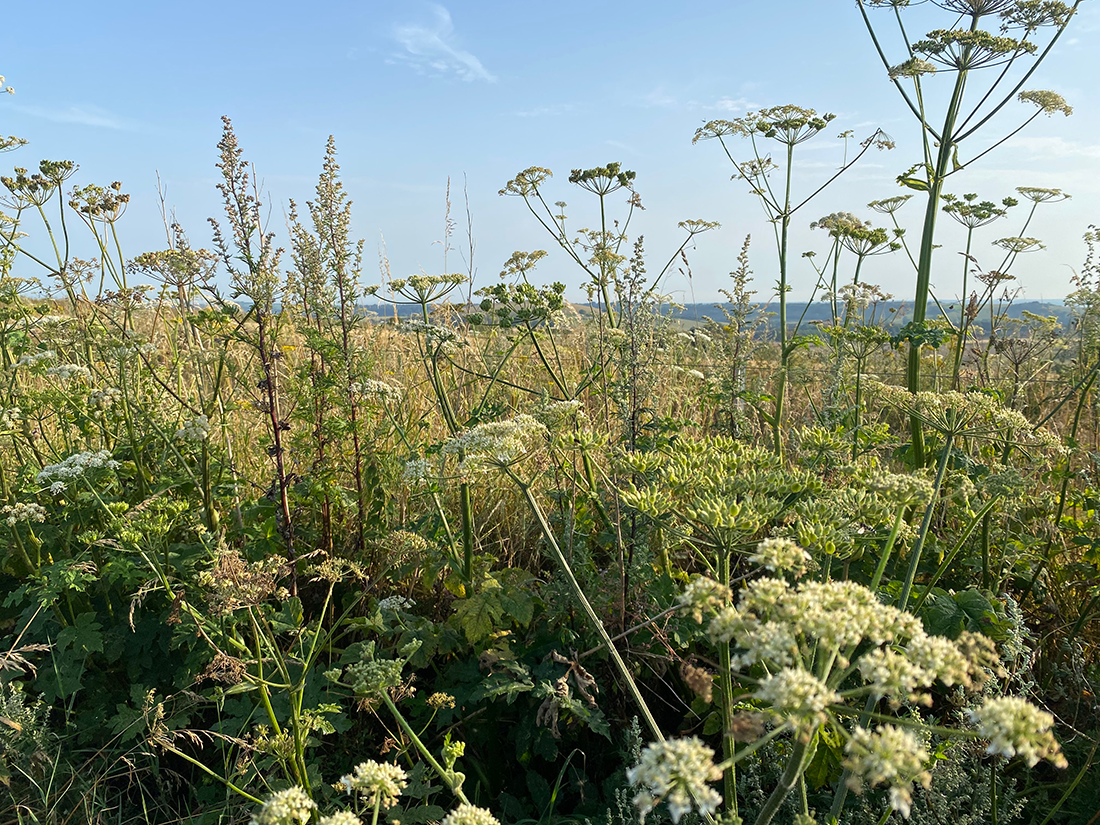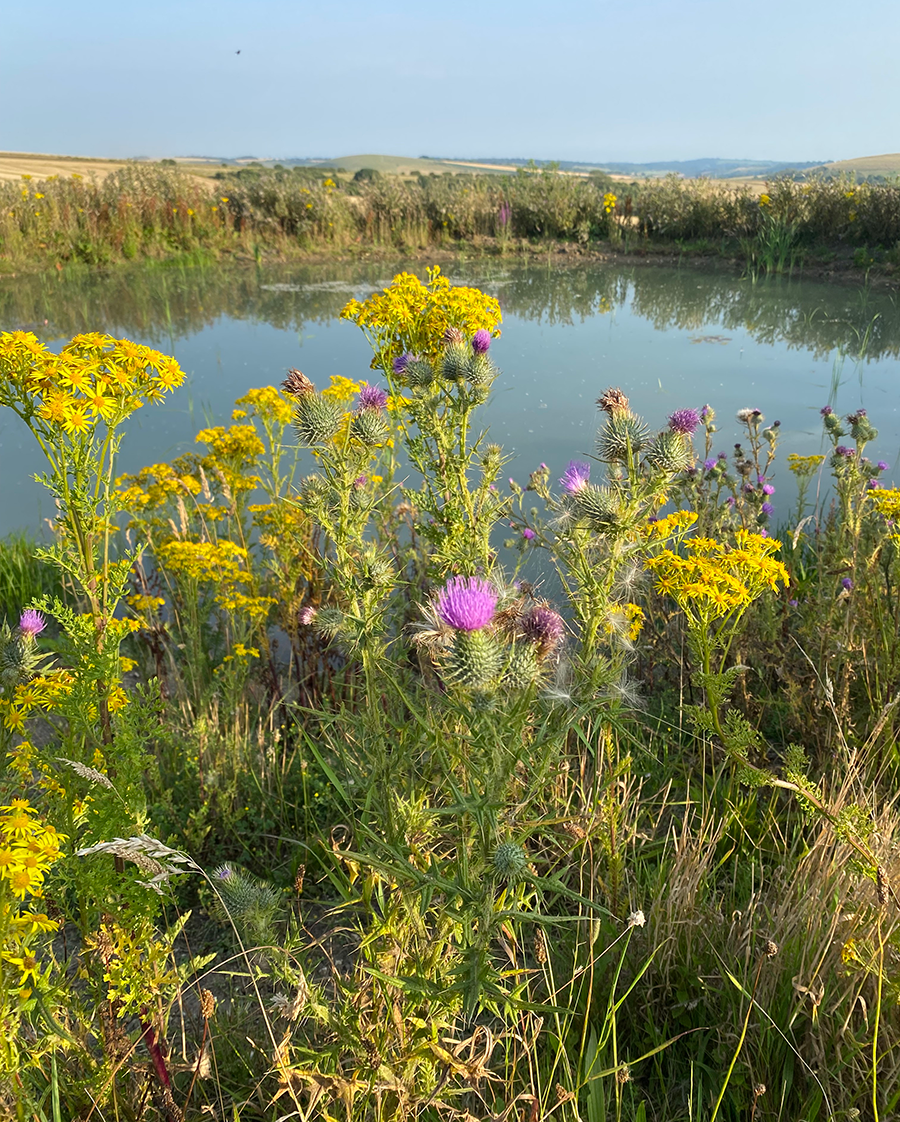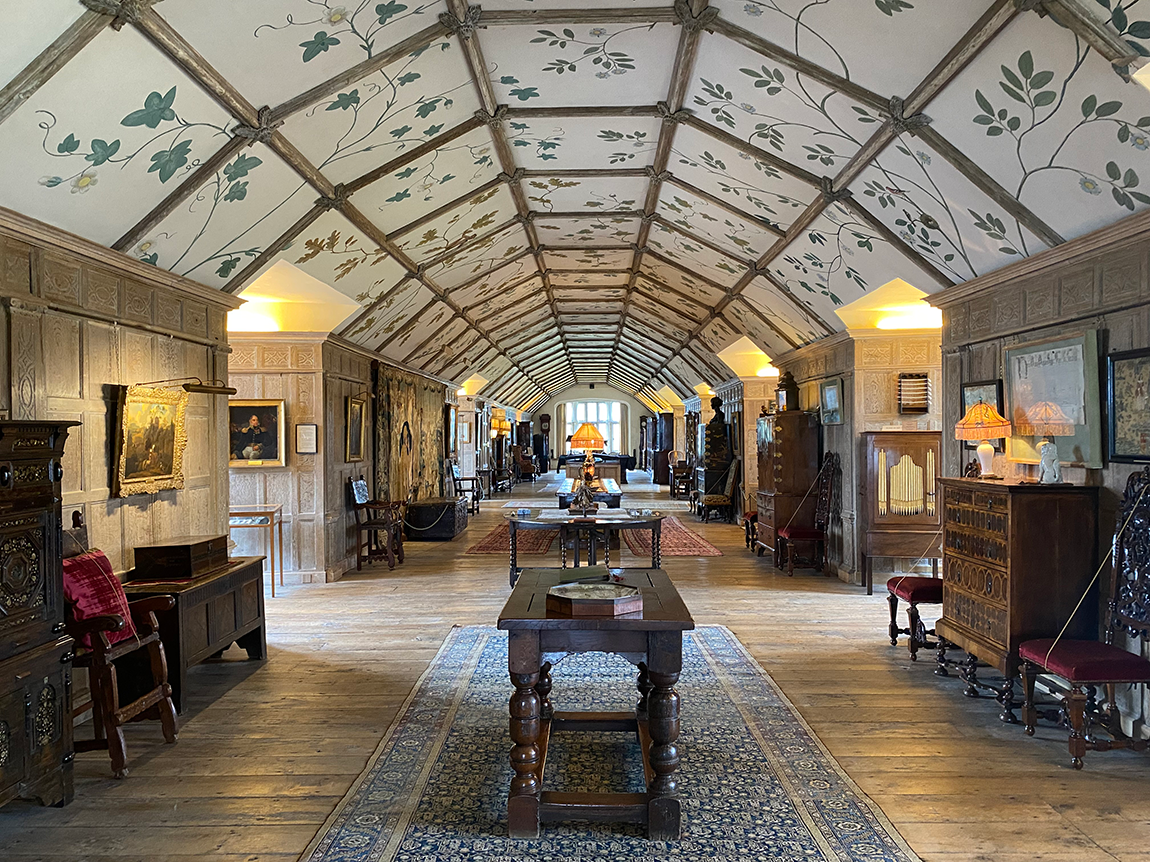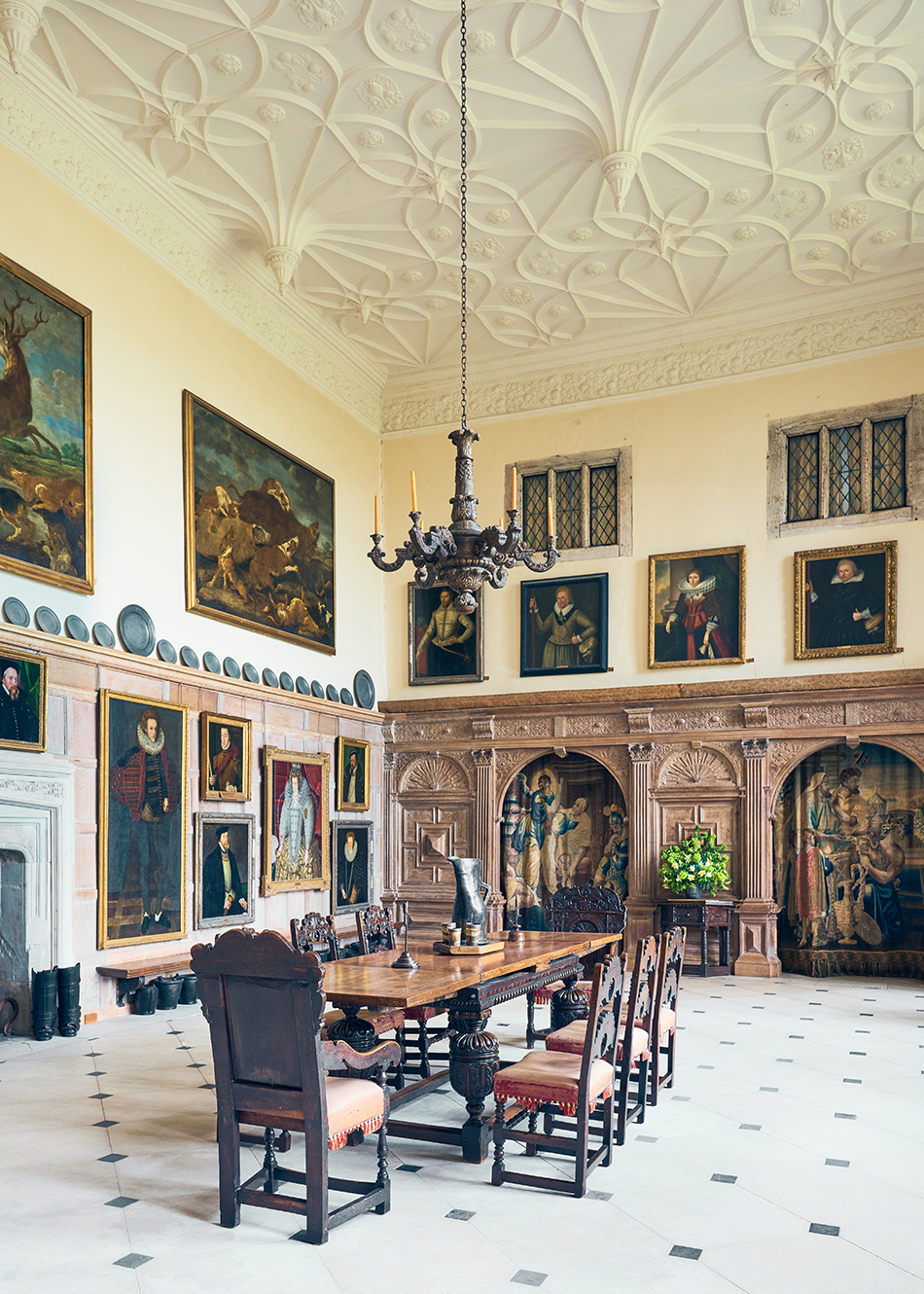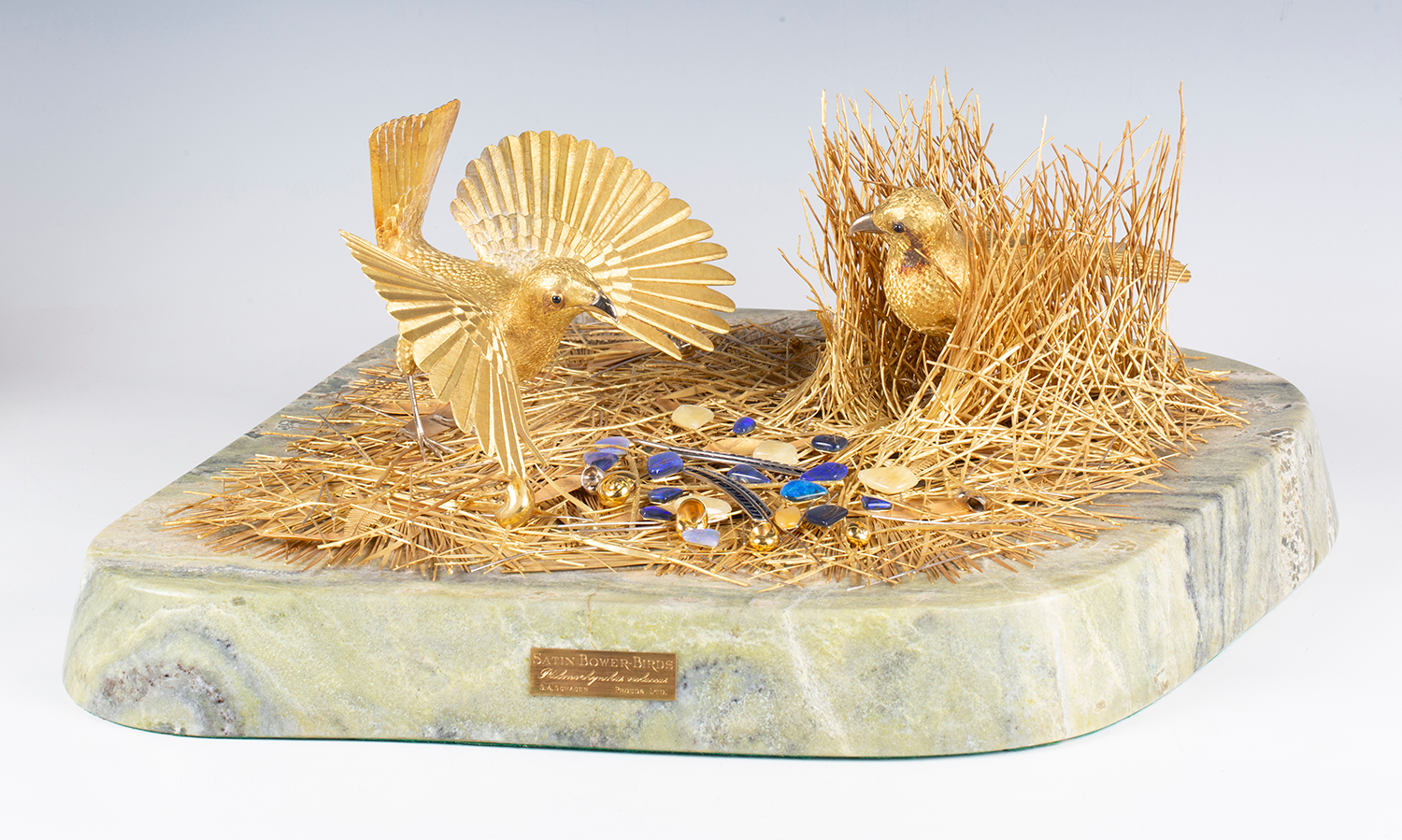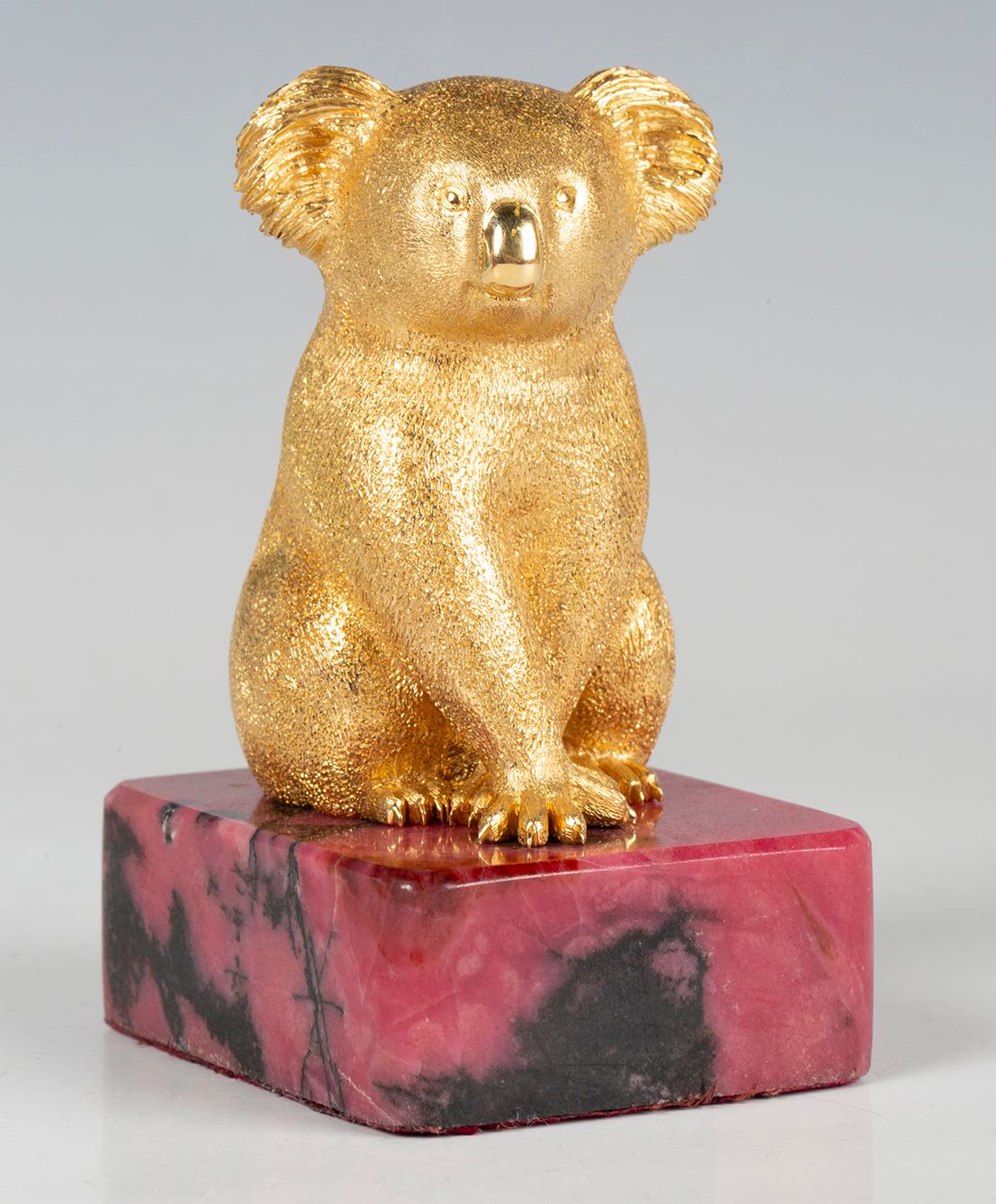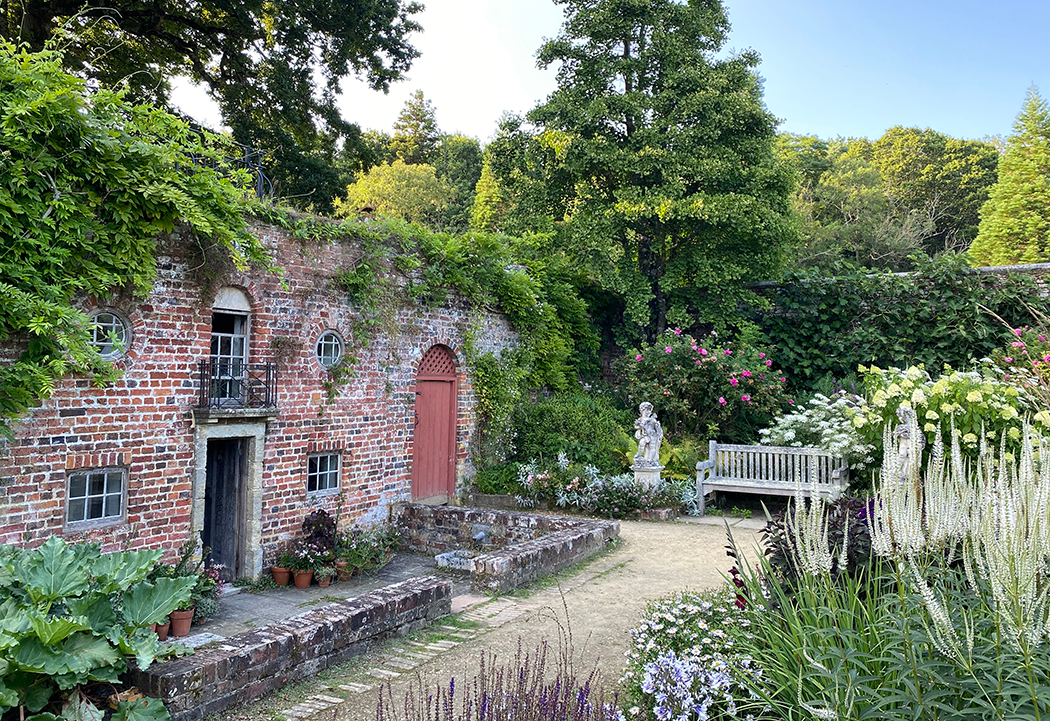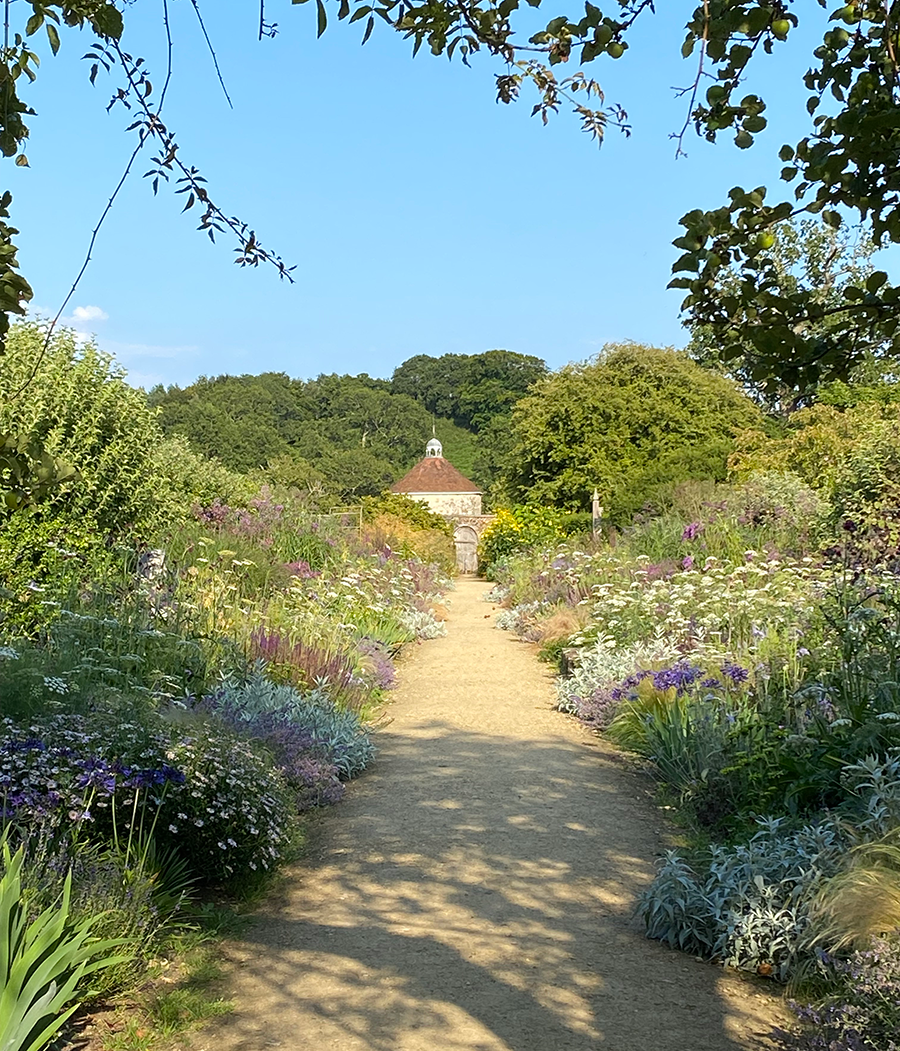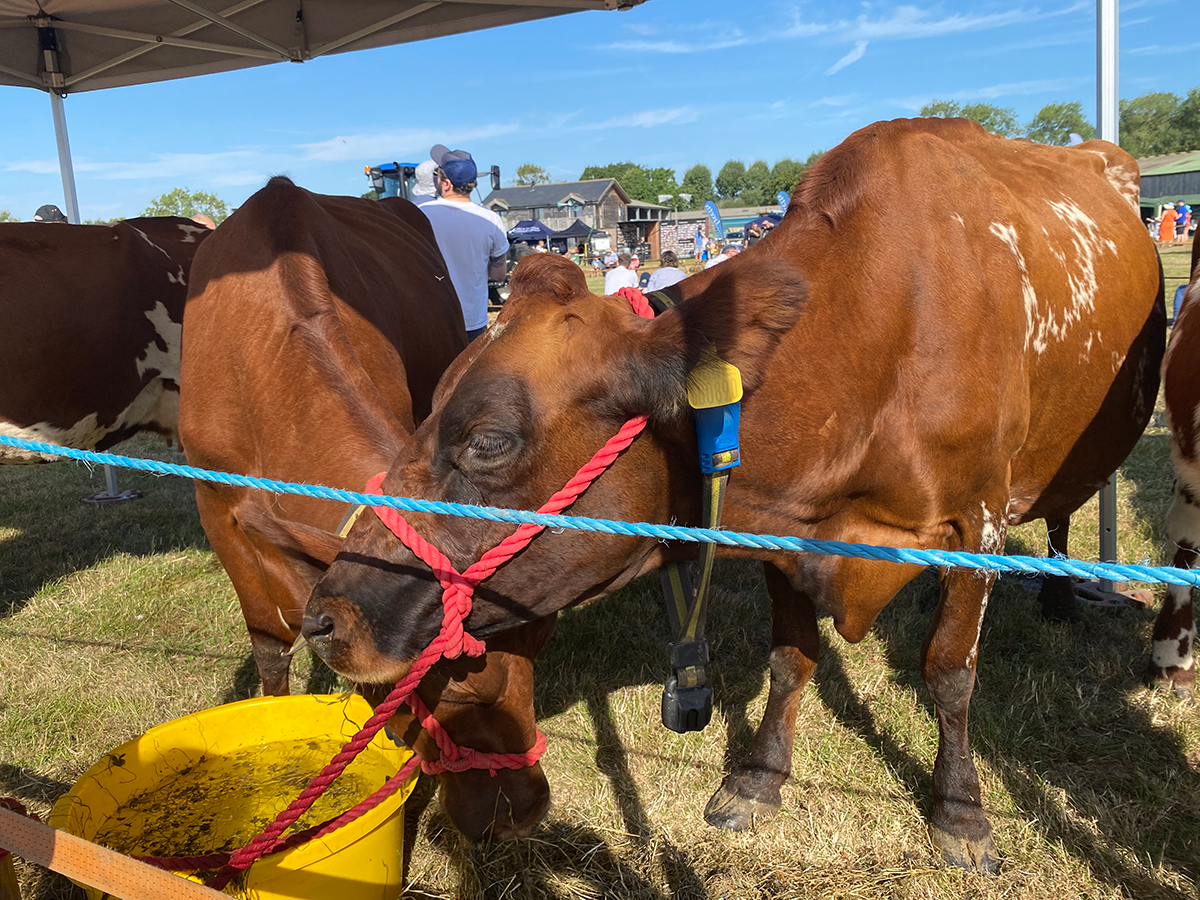
This week I am once again with Rowan Allan who together with Felicity Elliott is the Honorary Secretary of The West Grinstead & District Ploughing & Agricultural Society. This year the society is celebrating its new status as a charity and the 2024 plough match and show will be hosted by David Exwood, his family and the Christ’s Hospital Foundation at Westons Farm, Itchingfield, Nr. Horsham on Saturday 21st September.
I am always excited to attend the ploughing match.
Rowan Allan says “It will be great to be at Westons Farm. David Exwood is Deputy President of the National Farmer’s Union and we are lucky to have his voice as part of the debate around the future of farming.” I comment on the extraordinary stewardship amongst our district’s farming community. Rowan comments “Balancing our heritage with the needs of the natural environment and food production is perfectly possible.”
The West Grinstead and District Ploughing Match and Agricultural Society has been holding shows for over 150 years. It seeks to re-connect town and country and educate the public.

Rowan says “The ploughing match provides a shop window for people to engage with what farming and the countryside are really about.” It’s a great family day out with the ploughing competition, cattle and sheep shows, licenced bar, fun fair, trade stands and local produce, terrier racing, open clay shooting competitions, tug-of-war, gun dog scurry, tractor and threshing machinery and even a ferret race, there is so much to enjoy.
Since 1871 The West Grinstead and District Plough Match and Agricultural Society has been promoting best practice in the local agricultural community through its prizes and awards. Today that also includes a bursary programme which provides financial support to enable and encourage young people to take up careers in the agricultural industry.
Our landscape is part of our nation’s heritage and identity and it is wholly dependent on the life given to it by our farmers who richly deserve our thanks. I will be supporting Rowan and the team at the 2024 West Grinstead and District Plough Match and Agricultural Show at Westons Farm, Itchingfield, RH13 0BD on Saturday 21st September. Entrance is just £8 per person online in advance or £10 on the day with children under 14 free. It’s going to be a fantastic family day, I hope to see you there! For more information contact Rowan Allan at H. J. Burt Steyning through www.hjburt.co.uk or go to www.westgrinsteadploughing.co.uk to buy your tickets.
